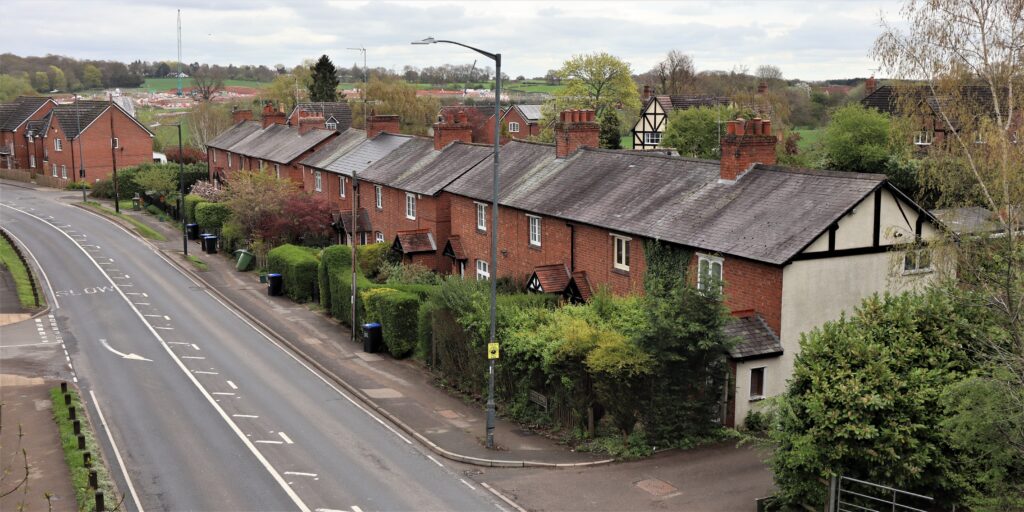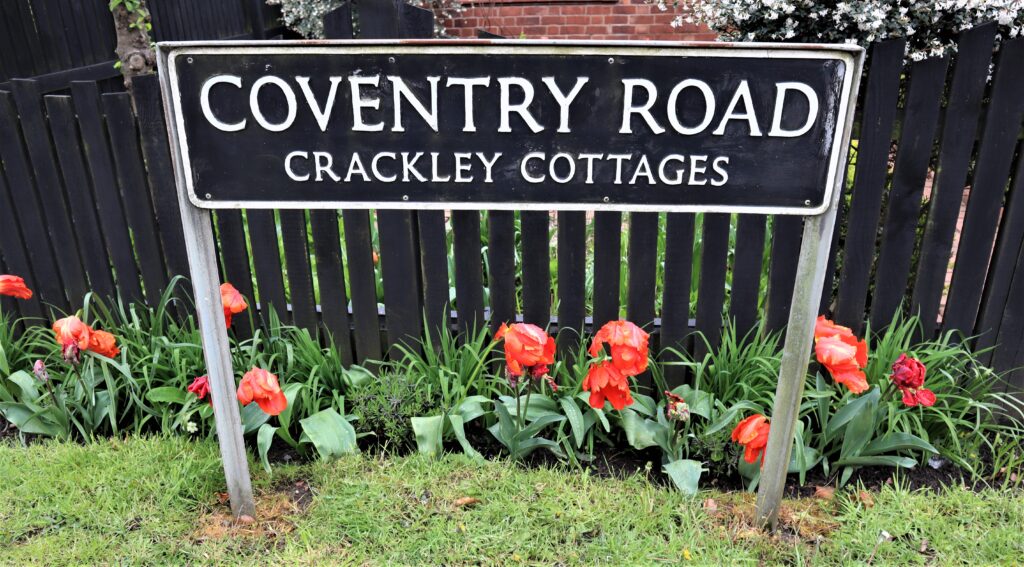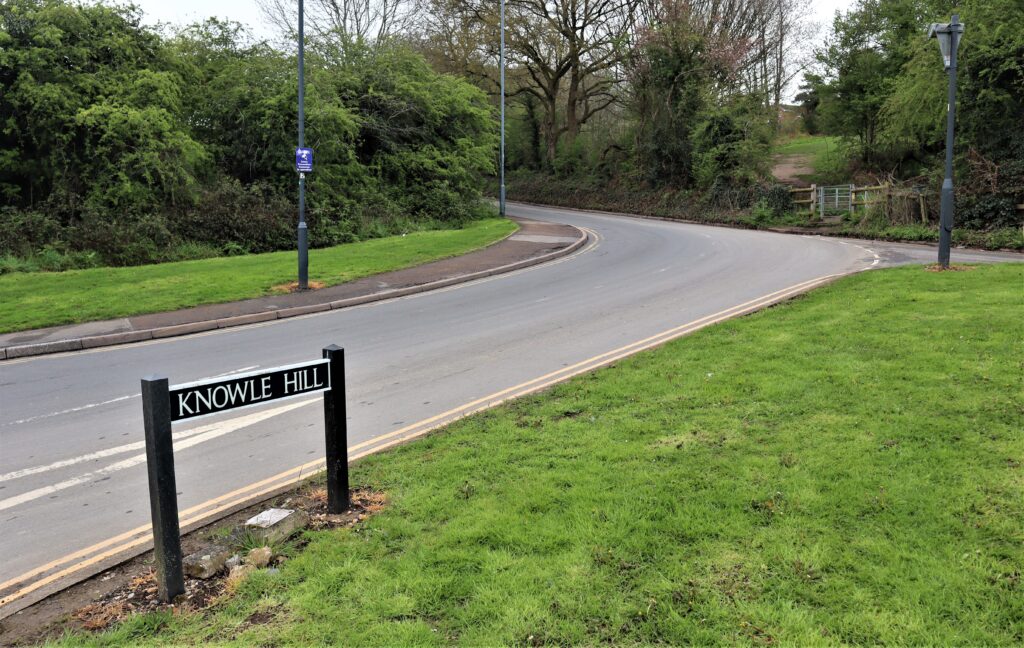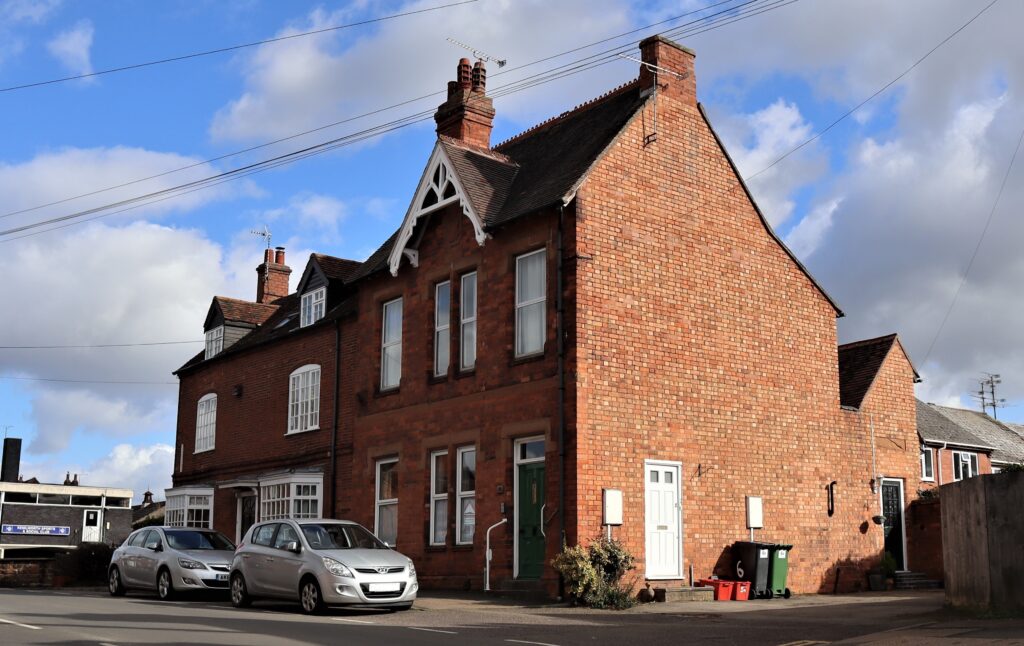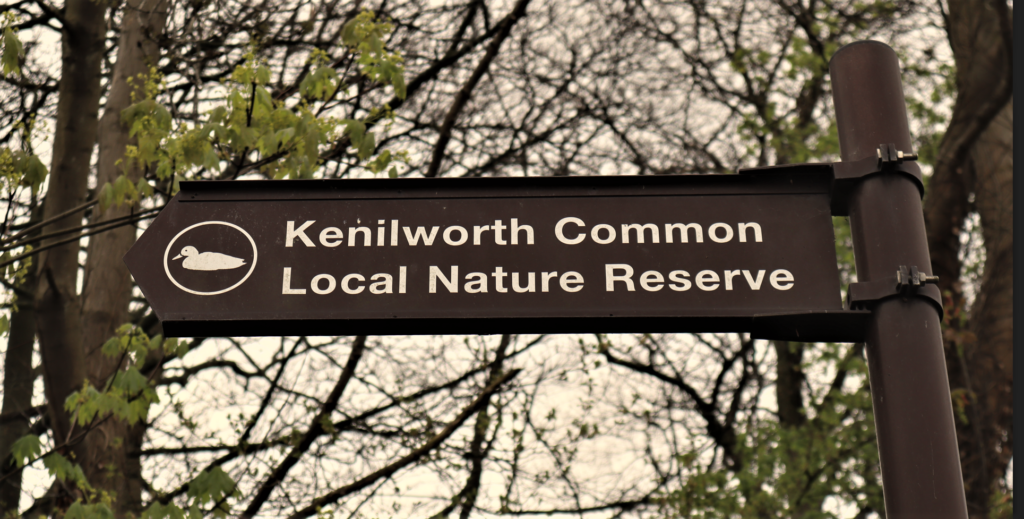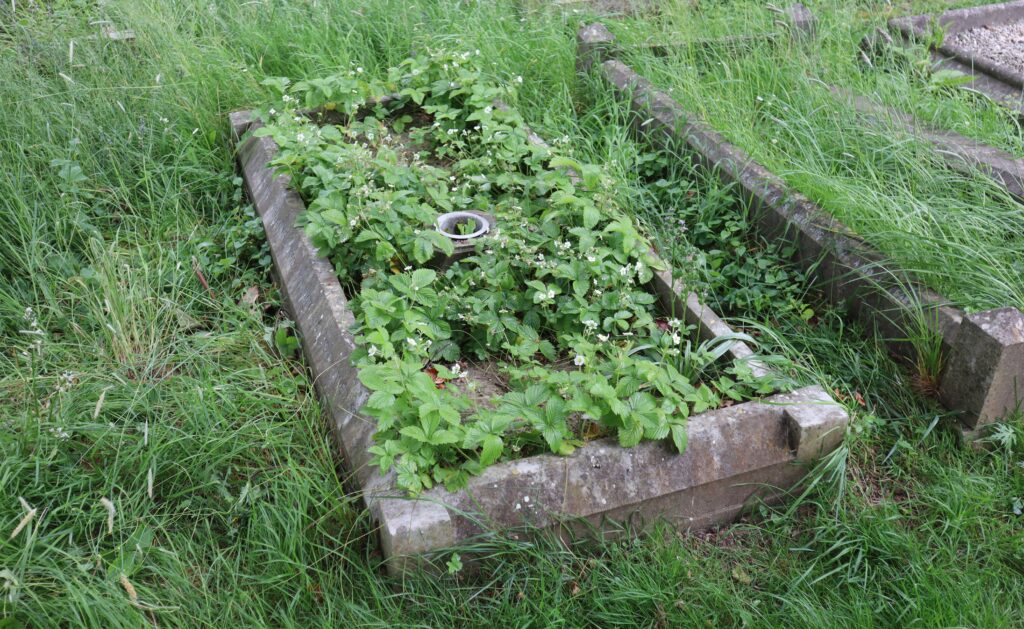Mother and Baby Tragedy
On Thursday 16th September 1909, Charles Hobbins of Crackley Cottages, left for work as usual at 6am to start his shift at the oil-cake mill at Mill End. He returned home 12 hours later to find his wife Elizabeth and baby daughter, Kathleen Maria, were missing. His other children, three boys, who were playing outside, didn’t know of their whereabouts.
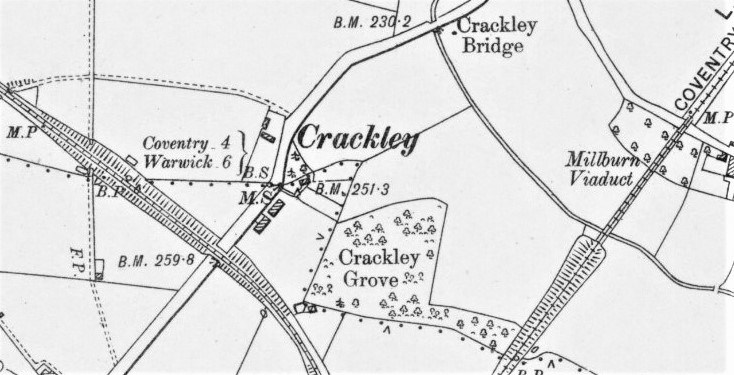
The house was shut up and It appeared they hadn’t been seen since lunchtime, and the key was in its usual place. He came to the conclusion that his wife had taken the baby to visit friends in Coventry. But when she did not come home by the late carrier, he became very concerned, and his anxiety naturally increased as the night wore-on. Where could they be?
Early next morning, with the help of neighbour Arthur Hunt, they went to search for them. They eventually found their bodies submerged in a gravel pit at Knowle Hill Farm, the baby was found underneath her mother. Mrs Hobbins was 41-years-old, Kathleen was just 11 months.
The police were immediately informed, and under the supervision of Inspector William Parkinson the bodies were recovered and taken to the police mortuary to await an inquest.
One possible route that Mrs Hobbins could have taken that day was to walk up Crackley Hill, left into Common Lane, at the bottom a right-turn into Dalehouse Lane, then left up Knowle Hill. She would then have taken a left turn towards the gravel pit. But no one for certain knows which route she took.
The Inquest
The inquest took place on 18th September at the Council House in Upper Rosemary Hill, presiding was Mr J. J. Willington-Wilmshurst, Coroner for Mid-Warwickshire.
Witness – Charles Hobbins
Mr. Hobbins, 38, who was sobbing pitifully, said he had been married to Elizabeth since 1896. He told the court she had been troubled with her nerves for years, and also complained about head pains. The coroner enquired if she had anything worrying her, he replied, saying that she seemed to think she was dirty and neglecting the children, and was not cleaning the house. But everything was fine as far as he was concerned. The coroner further enquired if his wife ever said anything about taking her own life? Mr. Hobbins stated that she sometimes said she wished she was dead, but he didn’t take her seriously. His wife was fond of children and they lived happily together.
Witness – Mrs Neale
Mrs Neale, neighbour of deceased, told the inquest that she last saw her at about 1.30 that day, she seemed a little strange, and was complaining about pains in her head. She saw Mrs Hobbins and the baby walk in the direction of the Common. Mrs Neale said that the deceased kept the house very clean and must have been a delusion if she thought she neglected the house.
Witness – Arthur Hunt
Arthur Hunt, also of Crackley Cottages, spoke to the court regarding accompanying Mr. Hobbins on the search for his wife and child. He said it was in the direction of the pit that the deceased and her husband used to take walks, which was about half-a-mile away. Upon visiting this piece of water, they saw a woman’s hat floating on the surface and directly underneath they could see the outline of a body, which proved to be that of Mrs Hobbins and her baby. The water was shallow, and a steep bank down to it. He did not think it was possible for anyone to fall into the water and get to where they found the bodies, for if anyone rolled down the bank accidentally, he or she would stop in very shallow water. There was a considerable amount of mud in the pit, but it might be possible for someone to fall in during darkness.

Police Evidence
Inspector Parkinson said that the bodies were three or four feet from the edge of the water, and Mrs Hobbins was lying on her face. The child was clasped tightly to her breast, and both were fully dressed. No letter or note was found, and the bodies were in 2′ 6″ of water. There was no evidence of slipping on the banks of the pit. During his enquires, he could not find any person who had seen Mrs Hobbins since Mrs Neale had spoken to her early in the afternoon.
Medical Evidence
Dr. Wilmott spoke about the post-mortem examinations on the bodies. He said the only injuries he could find were three small bruises on Mrs Hobbins legs. In his opinion, both died due to drowning.
The Verdict
In summing up to the jury, the coroner said, that if they thought that the woman committed suicide, then they must also bring a verdict against her of ‘Wilful Murder’ in respect of the child. On the other hand, the evidence shows that she might have tumbled into the pit, with the child, whilst wandering in the dark, in a ‘frenzied’ state, owing to her suffering.
The Jury returned a verdict in both cases of ‘Found Drowned‘.
More Tragedy for the Family – 1929
Charles Hobbins and his three sons eventually moved away from Crackley Cottages, and found a house in Henry Street – But more tragedy was to follow. By 1929, Charles had re-married, but in October of that year, he committed suicide by cutting his throat.
At an inquest held at Kenilworth Police Station on 22nd October, witness, Mrs Elizabeth Falconbridge, sister of the deceased, said her brother had also suffered a nervous breakdown over the last 20 weeks. He complained about pains in his head, he was also upset that he could not get his job back with the Kenilworth Urban District Council. His second wife was presently very ill, and unable to attend the inquest. (she lived until 1952)
A lodger at the house, said he was cleaning his motor-cycle when Hobbins came running out of the house with blood streaming from his throat. The witness went to fetch Dr. Day, but on their return, they found Hobbins lying dead in the scullery. He was 58.
The jury returned a verdict of ‘Suicide while of unsound mind’.
